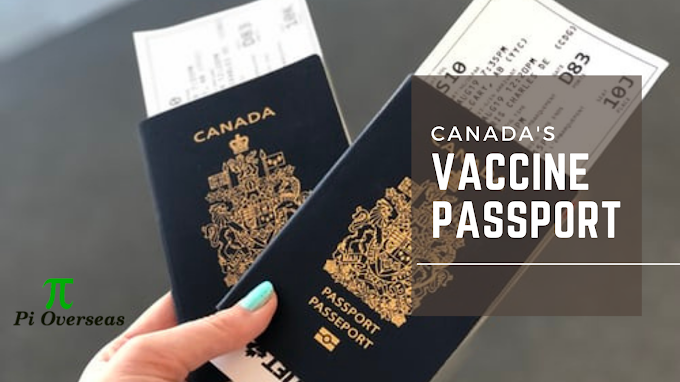Canada proved to be the fastest-growing country in G7 All because of Immigration
In the span of five years, Canada's population has grown to 1.8 million, mostly due to immigration.
According to the 2021 census, Canada's population growth over the past six months has been largely driven by immigration.
Canadian statistics captured the Canadian population on May 11, 2021, five years after the previous census in 2016.
Recent discoveries show that Canada grew twice as fast as other G7 countries, including France, Germany, Italy, Japan, the United Kingdom, and the United States, which was the fastest when the pandemic in 2020 halted Canada’s population growth. - Growing in the G7. The main reason for the slow immigration was the border restrictions imposed by Canada to curb the spread of COVID-19.
Canada is now home to about 37 million people. Immigration, not fertility, was the driving force behind Canada's population growth. Of the 1.8 million people included in the population, four were temporary residents or permanent immigrants. The growth of the rest of the population is due to natural growth (the difference between the number of deaths and the number of births).
Immigration remains a major driver of population growth for most provinces and territories.
For the first time since the 1940s, the population of the sea islands has grown faster than the Prairies.
The Yukon population grew the fastest nationally from 2016 to 2021, while Prince Edward Island and British Columbia had the highest growth rates among the provinces, largely due to immigration. Newfoundland and Labrador were the only provinces to see declining populations.
Urban centers grew faster than rural ones because more immigrants settled in cities. In 2021, more than 6.6 million Canadians lived in rural areas, an increase of 0.4% over the previous five years. For comparison, urban land grew by 6.3% over the same period.
There were 41 cities in Canada with a population of over 100,000 in 2021, and 35 cities in 2016. Six new additions Fredericton, New Brunswick; Drummondville, Quebec; Red Deer, Alberta; Kamloops, BC; Chilliwack, BS; and Nanaimo, B.C. Resort destinations such as Squamish, BC; Canmore, Alberta; as well as Wasaga Beach in Ontario and Collingwood, one of the fastest-growing communities in Canada.
Immigration has been the main driver of population growth since the 1990s. Like other G7 countries, Canada’s birth rate is not high enough to increase the population.
There was more immigration to Canada than immigrants. The result of low immigration and low birth rates means that population growth is due to immigration. Canada immigration targets have been growing every year since 2015.
More precise census data on immigration, place of birth, and citizenship will be available by the month of October 2022.














0 Comments